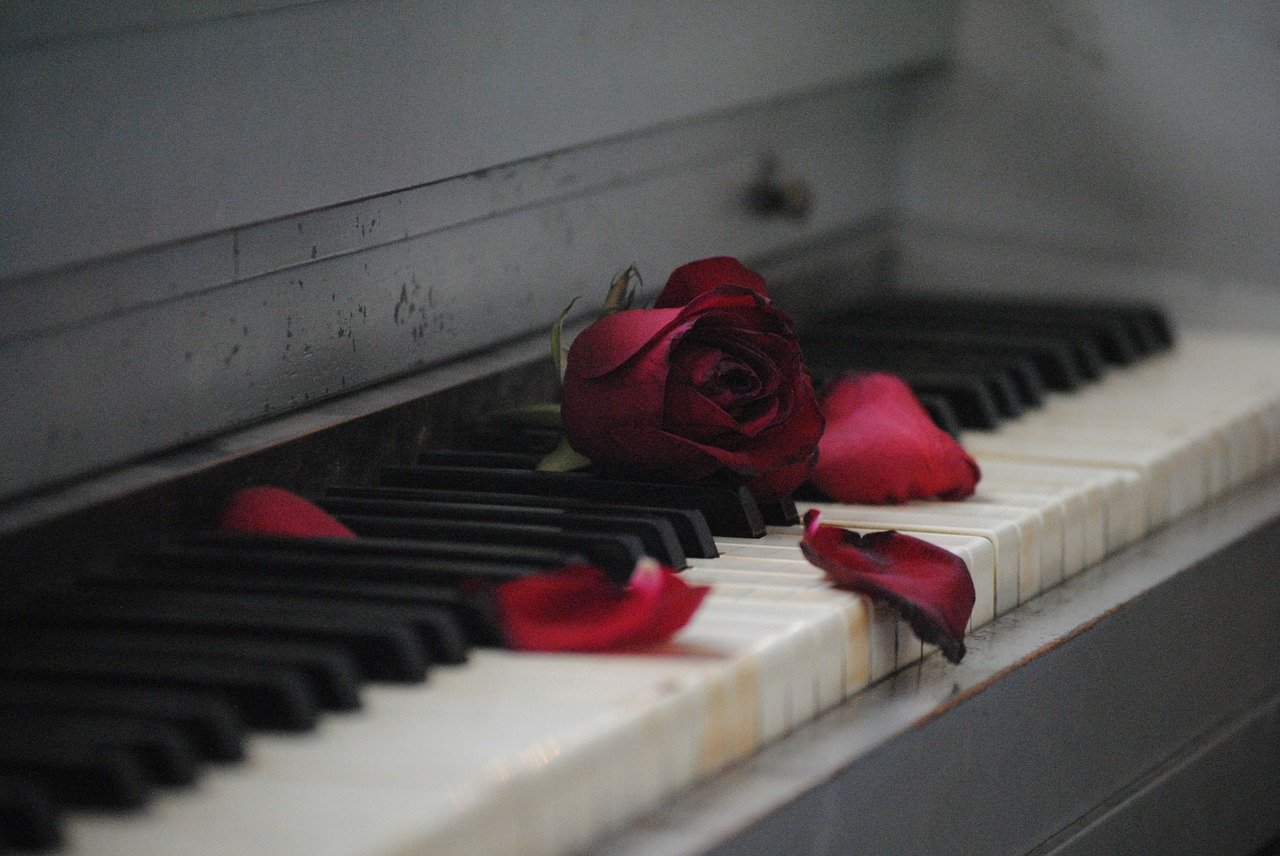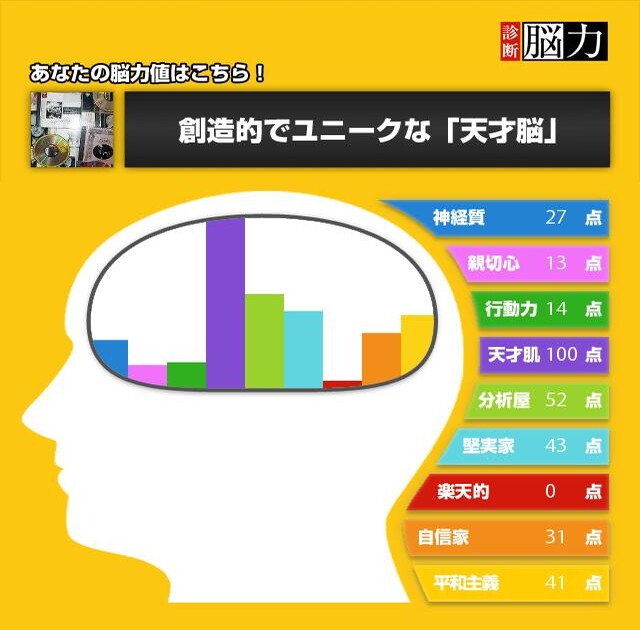ショパンのノクターンの世界~夜想曲の作風と映画での使用
ショパンのノクターンは、ピアノ独奏のために作曲された21曲の夜想曲です。夜想曲とは、夜の情景や雰囲気を表現した音楽のジャンルで、ショパンはアイルランドの作曲家ジョン・フィールドの影響を受けてこの形式を採用しました。
ショパンのノクターンは、彼の作曲時期を通して作られたため、作品ごとに作風の変化が見られます。初期のノクターンは、フィールドの作品に近く、明快で軽やかな旋律と和声が特徴です。中期のノクターンは、ロマン派の感性が強くなり、情熱的で激しい表現が目立ちます。後期のノクターンは、独自の技法や和声が発展し、深みや繊細さが増します。
ショパンのノクターンは、一般に三部形式かロンド形式で書かれています。三部形式では、第1主題と第2主題が提示された後、展開部で変化や対比が行われ、再現部で元の主題が戻ります。ロンド形式では、反復される主題とそれに挟まれる副主題が交互に現れます。
この曲は、映画『戦場のピアニスト』で用いられたことでも知られています。![]()
この映画は、第二次世界大戦中のポーランドで、ユダヤ人のピアニストであるヴワディスワフ・シュピルマンの生き残りを描いた実話に基づいた作品です。シュピルマンは、ナチスの迫害から逃れるために、ワルシャワの廃墟で隠れながら、音楽への情熱を失わずに生き続けました。映画のクライマックスでは、シュピルマンがドイツ兵の将校に出会い、彼の命令でピアノを弾くシーンがあります。そのときに選んだ曲が、ショパンのノクターン第2番です。この曲は、シュピルマンの故郷であるポーランドの国民的作曲家の作品であり、彼の心情を表現するのにふさわしい曲でした。このシーンは、映画の中でも最も感動的な場面のひとつとして評価されています。
![]()
ショパンのノクターン第2番は、ショパンの代表作のひとつとして、今もなお多くの人々に愛されています。
このブログでは、ショパンのノクターンについて紹介しました。ショパンは夜想曲というジャンルを自分なりに発展させていきました。彼は自分自身や時代背景を反映した感情豊かな音楽を残しました。彼はまたポーランド人として国民的な誇りも持っていました。ショパンのノクターンは、クラシック音楽の中でも人気の高い作品です。ショパンのノクターンを聴くと、夜の静けさや美しさ、恋や憧れ、悲しみや喜びなど、さまざまな感情を感じることができます。
![]()
The world of Chopin's Nocturne - Nocturne style and use in movies
Chopin's Nocturnes are 21 nocturnes composed for solo piano. A nocturne is a genre of music that expresses the scenes and atmosphere of the night, and Chopin adopted this form under the influence of Irish composer John Field.
Chopin's nocturnes were created throughout his composing period, so you can see changes in his style with each of his works. Early nocturnes are close to Field's works, and are characterized by clear, light melodies and harmonies. Nocturnes from the middle period have a strong romantic sensibility, and their passionate and intense expressions stand out. Late nocturnes develop unique techniques and harmonies, gaining depth and subtlety.
Chopin's nocturnes are generally written in triptych or rondo form. In the three-part format, after the first and second themes are presented, changes and contrasts are made in the development part, and the original theme returns in the reproduction part. The rondo form alternates between repeated themes and subthemes.
This song is also known for being used in the movie ``The Pianist'' https://vivaclassicalmusic.com/post-6580/.
The film is based on the true story of Jewish pianist Władysław Szpilman's survival in Poland during World War II. Szpilman kept his passion for music alive while hiding in the ruins of Warsaw to escape Nazi persecution. At the climax of the film, Szpilman meets a German officer and plays the piano on his orders. The song I chose at that time was Chopin's Nocturne No. 2. This piece was written by a national composer from Poland, Szpilman's homeland, and was an appropriate piece to express his feelings. This scene has been rated as one of the most moving scenes in the movie.
Chopin's Nocturne No. 2 is still loved by many people as one of his masterpieces.
In this blog, I introduced Chopin's Nocturne. Chopin developed the nocturne genre in his own way. He left behind emotionally rich music that reflected himself and the background of his time. He also had a sense of national pride as a Pole. Chopin's Nocturne is one of the most popular pieces of classical music. When you listen to Chopin's Nocturnes, you can feel a variety of emotions, such as the silence and beauty of the night, love and longing, sadness and joy.


